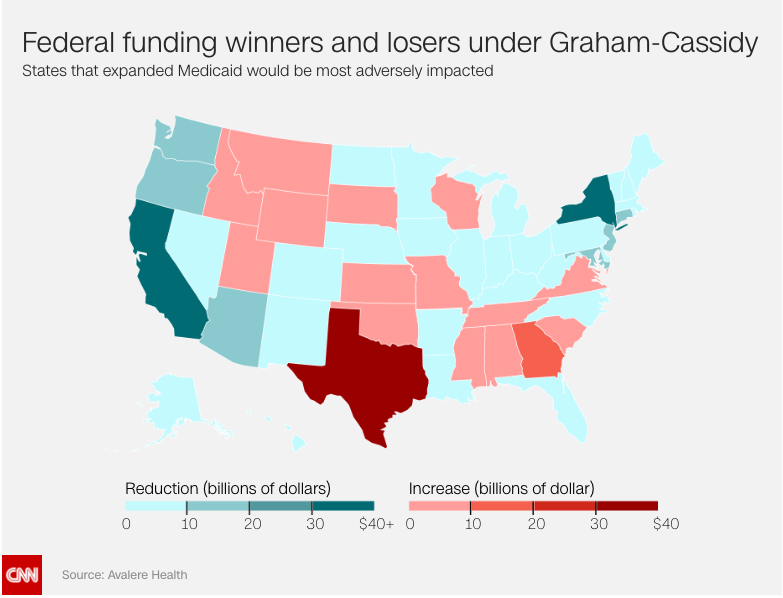Had a great conversation with an old friend yesterday; he runs a mid-sized work comp insurer and is one of the most forward-looking executives in this industry.
The discussion worked its way around a wide range of topics, as these conversations usually do, before settling on failure – there it took an interesting twist.
Put simply, failure is under-rated.
Athletes learn more from missing the ball, failing to score, blowing the assignment, over-training than they do from winning. If you win, there’s much less motivation – and reason – to look for things that can be improved.
If you don’t win, there’s lots of reasons to figure out why. Of course you can get too deep into this, spend too much time dwelling on the problems and become fatalistic and negative. If one avoids that trap, one can learn a lot and be much better prepared for the next contest.
As a case study, look at Kaiser. The huge health plan invested $400 million in a new Electronic Health Record project which failed. Rather than fire the team, blow up the effort, and forget about it, then-CEO George Halvorson doubled down, and the final investment was $4 billion – roughly $444 per member.
One reason – the EHR stripped out a lot of unnecessary cost and streamlined patient interactions:
Just having an electronic health record that is connected with all the systems that have to do with delivery of care to a patient means you don’t have patients taking duplicate tests. In the United States, I believe the cost of duplicate testing is about 15 to 17 percent of the total health care spend. We [Kaiser] don’t have that cost.
In talking with my colleague, we both marveled at the fortitude of Kaiser; if someone in work comp made even a $4 million “mistake” in a systems implementation – or anything else for that matter – their head would be on the block.
That’s one reason innovation is so rare in workers’ comp – the tolerance for failure is low indeed. With that tolerance for failure is an inability to learn, to take risks, to get better faster.
What does that mean for you?
Risk has rewards, but rarely in workers’ comp.


